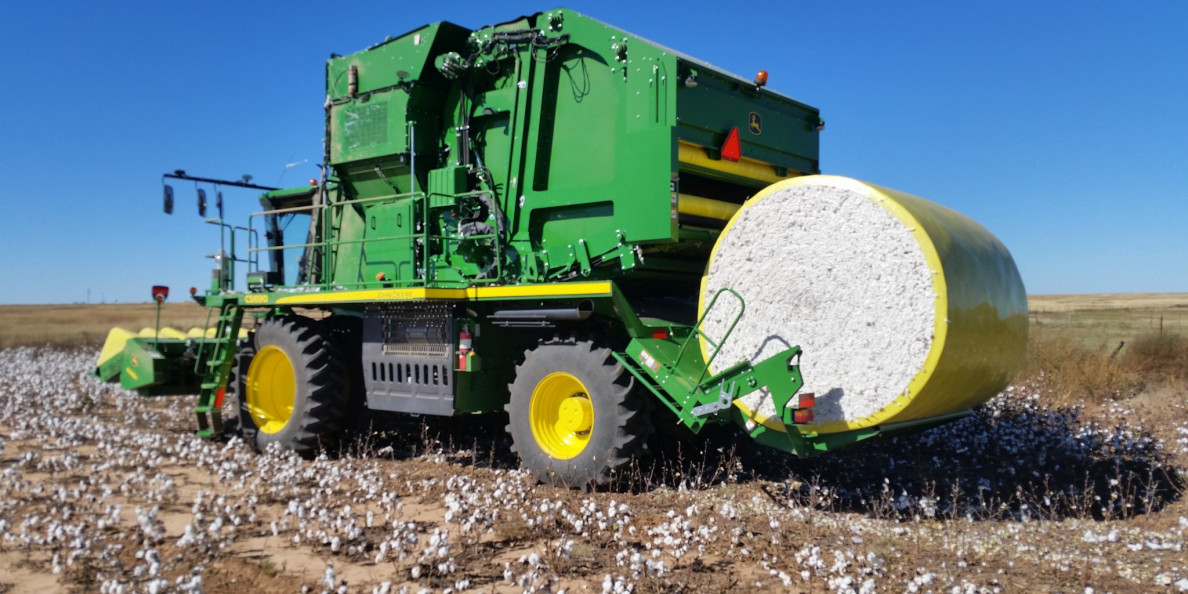What influence does two hurricanes and areas of Texas where cotton is two-months delayed getting out of the field have on the market?
John Robinson 1
USDA’s scheduled release of their October cotton production estimate was too soon after Hurricane Michael to account for the likely massive damage. As a result, most analysts, and the futures market itself appeared to discount the October numbers. USDA’s World Agricultural Supply and Demand Estimates (WASDE) report for November was thus set up as a fulfillment of expectations from a month ago.
Accordingly, the November WASDE showed a major month-over-month reduction of 1.35 million bales, mostly from the southeastern U.S. This cut resulted from 5 percent less yield from 2 percent fewer harvested acres. U.S. exports were lowered by a half million bales, and domestic mill use was cut 100,000 bales. The bottom line of these adjustments was a 700,000 bale reduction in U.S. ending stocks, compared to the previous month. While certainly bullish looking, the muted market reaction may reflect that a big production cut was already priced in.
The November adjustments to foreign cotton supply and demand followed the U.S. pattern of aggregate net lower production (led by India, Pakistan, and Central Asia) which dominated an aggregate cut in domestic use (led by India, Pakistan, Turkey, Brazil, and Indonesia). All this, plus some revisionist history in Benin led to yet another trimming of world ending stocks, the fifth in six months. Such adjustments would ordinarily be price supportive, although it probably isn’t encouraging to see declining consumption.
There appears to have been a shift in the major influences on cotton prices. Five or six months ago, everything was lined up to support prices. Demand indicators were more positive, with a large amount of new crop cotton being sold even before the marketing year had started. On top of that, there were supply concerns due to severe drought in parts of the U.S. and questions about Indian supplies. These alignments of forces allowed prices to rally into the 90s.
Source: Southwest Farmpress
You can read the full article here: https://thrakika.gr/en/post/cotton-spin-changing-influences-on-cotton-prices-js
